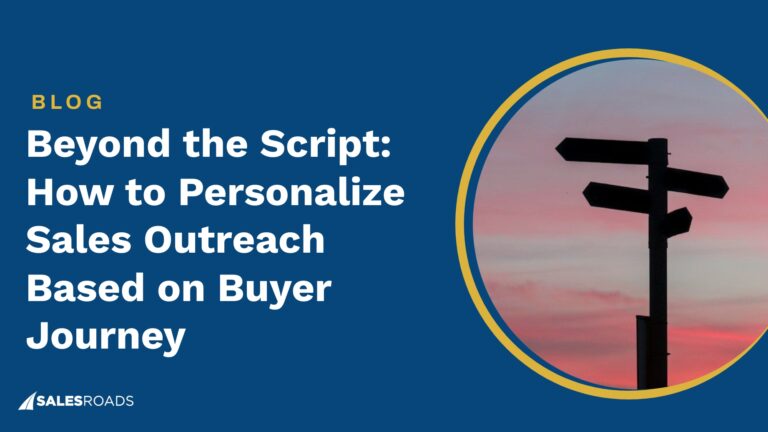Appointment setting is a lead generation strategy that aims to refresh the sales pipeline with new prospects. It builds relationships with potential customers, ensures an efficient sales process, and increases revenue over time.
Setting appointments is often resource-intensive, but businesses can optimize this task to generate profitable results for their sales processes. To achieve this, they must prioritize building highly-effective campaigns with structures to implement tactics and ramp up results.
How to build an effective appointment setting campaign
An effective appointment setting campaign requires careful planning and execution to achieve the expected results. These are the eight key steps to building a successful appointment setting campaign:
Set clear objectives
It may be difficult to identify a successful campaign without an established goal. Before you begin, define what you hope to accomplish with your appointment setting program. Your objective could be to close more deals, schedule product demos, or introduce new products into the market.
Appointment setting campaigns generally fall under two categories: informational or qualified appointments.
Informational meetings educate and raise awareness of a company’s products and services among a group of potential customers. Qualified appointment setting campaigns book meetings between marketing qualified leads (MQLs) and sales representatives to discuss the terms of a possible deal.
Identify targets
Defining your ideal buyer allows your team to attract more qualified leads. Sales leaders identify their target audience using criteria such as industry, company size, revenue, and location.
Identifying targets assists your company in recognizing stakeholders and collecting their contact details for the appointment setting campaign.
Assign a team
A highly qualified and experienced team is essential for any successful appointment setting campaign. You can build an appointment setting team within your organization by selecting SDRs who are excellent communicators and great customer relationship managers.
While assembling an in-house team is possible, hiring specialized sales professionals for appointment setting services is often more effective. Outsourced teams have the experience and expertise to schedule meetings with prospects from various industries, freeing up your salespeople to focus on closing deals.
Create a messaging strategy
Developing an effective messaging strategy is a critical step in designing an appointment setting campaign. Your SDRs should be able to conduct extensive research and identify prospects’ unique pain points, which the company can leverage for solid value propositions.
Appointment setters should understand their company’s competitive position and emphasize their unique value to the target audience. They can use case studies from clients in the prospect’s industry as social proof of their exceptional product or service.
B2B sales experts recommend stepwise messaging techniques like call scripts and email templates as guides for appointment setting teams.
Engage prospects through multiple channels
Effective appointment setting campaigns leverage multiple channels of outreach. Appointment setters can research prospects’ preferred channels and contact them via phone, email, social media, or websites.
Follow up after outreach
Following up on appointment setting outreach improves the success rate of the campaigns, as not all prospects take meetings after the first contact. Top-performing sales teams use follow-up to address prospects’ objections, provide additional information, and offer incentives or discounts for a potential deal.
Measure results
Sales leaders must ensure that their teams keep records and reports of appointment setting activities, as these can be used to fine-tune outreach and improve performance. CRM software is essential for tracking and analyzing campaign data.
Important reports for measuring an effective appointment setting campaign are:
- Daily reports
- Outreach reports
- Wins and losses
Daily reports
Daily reports contain the statistics of all the activities performed within a campaign in a day. This includes metrics like the total number of calls, the number of emails sent, decision-makers contacted, follow-up emails sent, the number of appointments set, email bounces, conversion rate, and the number of appointments canceled.
Outreach reports
This report comprises specific details of each outreach such as contact information, date and time, notes, and recommendations for the next steps. For easy reference and access, appointment setters should enter outreach reports into the company’s CRM tool.
Wins and losses
Keep track of your wins and losses for each appointment setting campaign. Besides measuring conversion rates and outreach success, you can guide your team to identify the determining factors for each outcome and discuss how to reverse losses.
Reiterate and adapt
Sales leaders must repeat and adapt their appointment setting campaigns in order to maintain exceptional results. The best appointment setting campaigns are not perfect in initial execution, but with constant changes, tweaks, and adjustments, can produce exceptional results.
Bottom Line
A well-executed appointment setting campaign fills your pipeline with qualified leads. By following the steps outlined above, you can easily create a compelling message, select the appropriate mediums, and reach out to and follow up on potential customers.










